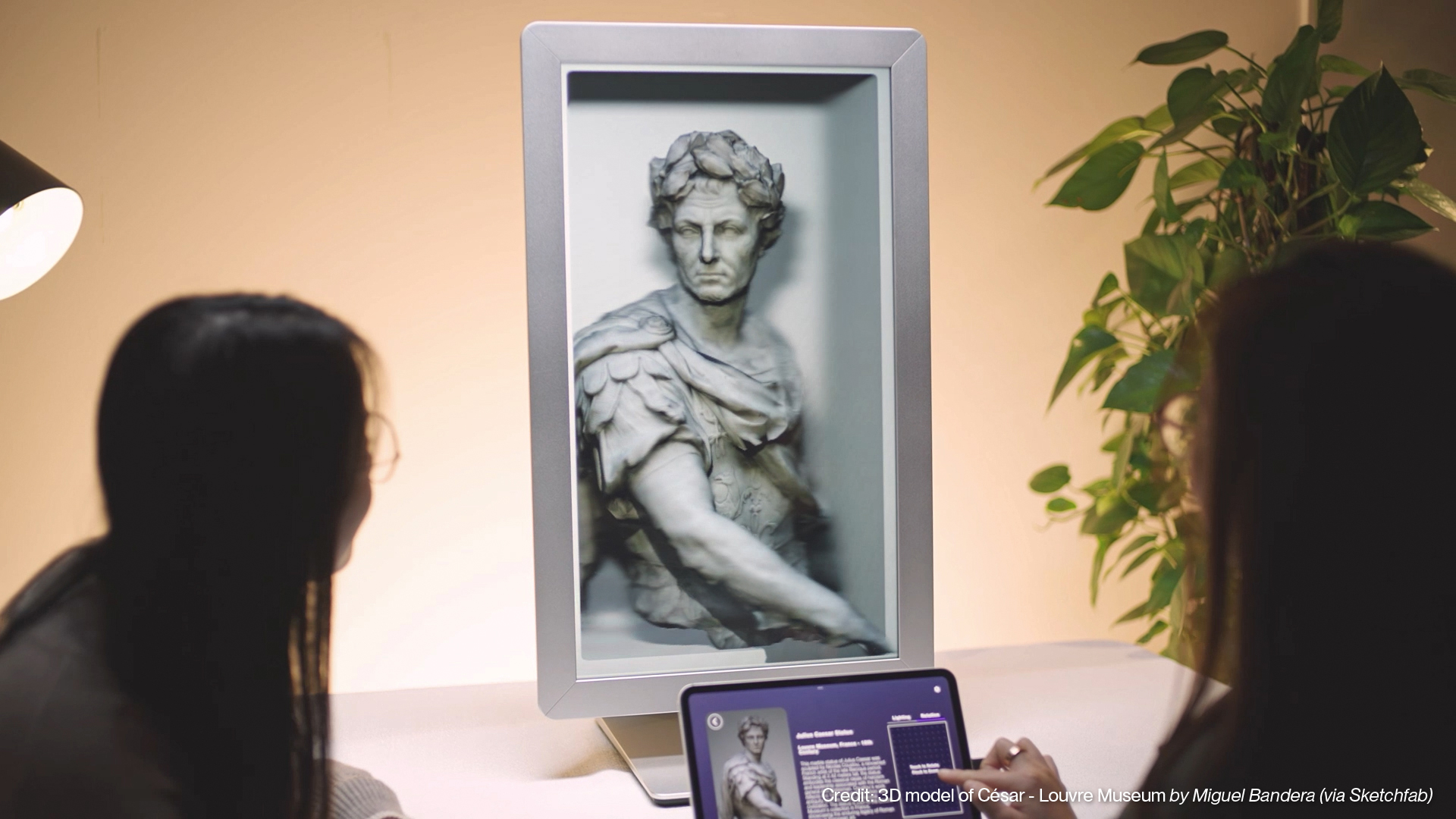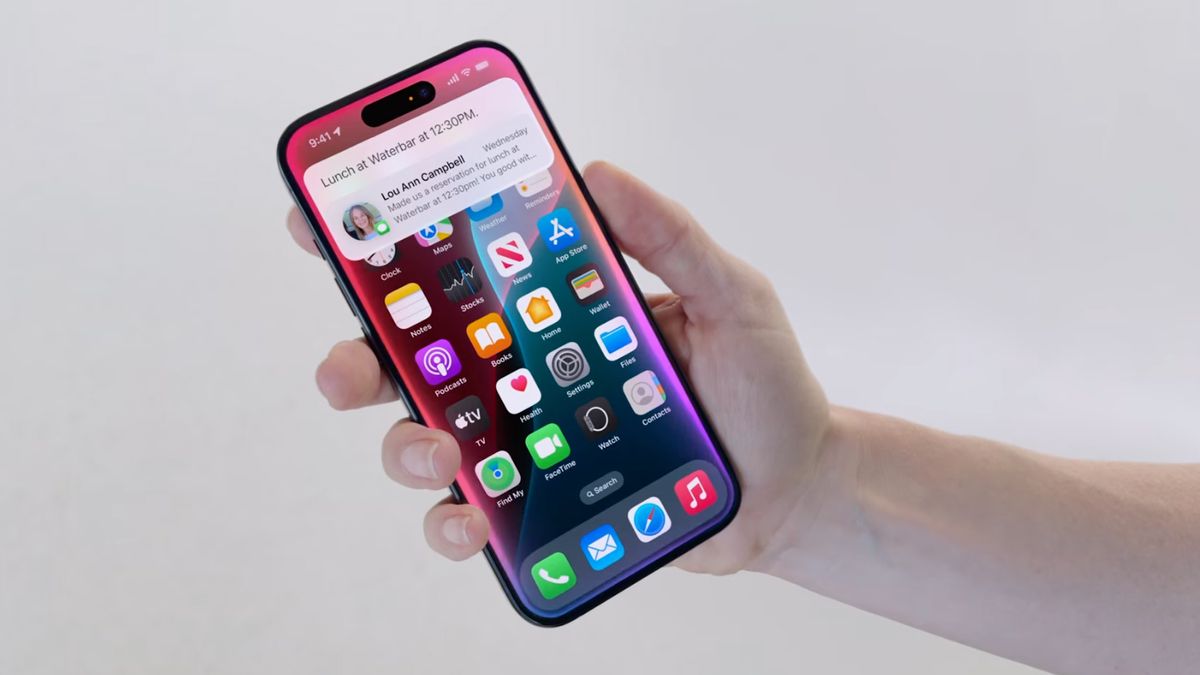- The signal has a new option for its Windows 11 application to block the withdrawal
- The developer had to falsify a way to prevent screenshots of the messaging application that was being taken
- Unfortunately, this has side effects such as interfering with screen reading tools, but Signal says that Microsoft has not left another option
Signal, a messaging application that specializes in safety and privacy (and has recently been at the center of attention), has introduced a measure to defend the content sent through the platform from the indistraged eyes of the Microsoft recovery function.
In the event that I have forgotten, unlikely, I know, it is the controversial feature of Copilot+ PCs that provides a deep search with IA in Windows 11. This does this taking regular screenshots of the activity on its PC, and can see where the conflict enters if the screen of screenshots sent through an application of the privacy application such as the signal.
As an accountant of this, Signal announced in a blog post (collected by The Verge) that is introducing a new 'screen safety' configuration for its application Windows 11, and this will be activated by default for users of the desk operating system. This functionality is being implemented now.
What the developer has done here is to activate a DRM indicator in the signal application window as a sweet to prevent the memory of capturing screenshots. He is using that solution because Microsoft could not offer “granular configurations for application developers that would allow Signal to easily protect privacy” with retirement, observe the blog post.
Signal notes: “We are allowing an additional layer of protection by default in Windows 11 to help maintain signal desktop safety on that platform even though it introduces some usability compensation. Microsoft simply has simply given us another option.”
What is usability compensation? The blocking of screenshots from all angles using this Fudge DRM means that the legitimate use of the screen grip is discarded, and also some screen reading tools (such as narrator in Windows 11) or other accessibility features may not work properly. So, that is far from ideal, but Signal argues that Microsoft has not left another option.
Analysis: Clear signal
This seems to be an important part of the missing equation with retirement. Famous, Microsoft took the function after it was revealed for the first time a year ago, and took it back to the drawing board, pressing the security and privacy in numerous ways. But that was a case of fixation and soft about weaknesses, instead of strengthening the measures: the memory was launched shape Too early and without thinking enough, worrying.
And yet, after all that time, there are software developers such as the Signal manufacturer that indicates a basic retirement defect that Microsoft should have addressed at this time.
However, remember that this does not apply to you if you do not have a co -pilot+ PC, since only those devices receive withdrawal (it requires a robust NPU to accelerate the workloads of AI locally to ensure that the function works soft enough).
While the new configuration is enabled by default for the signal in Windows 11, it can turn it off by going to Signal configuration> Privacy> Screen safety (You will be warned that you are about to disable capacity).
Undoubtedly, it will be worth seeing this space in the future, and I hope Microsoft implements a correct way to allow developers to control how retirement interacts with their applications, since this only makes sense, particularly for software related to privacy.









